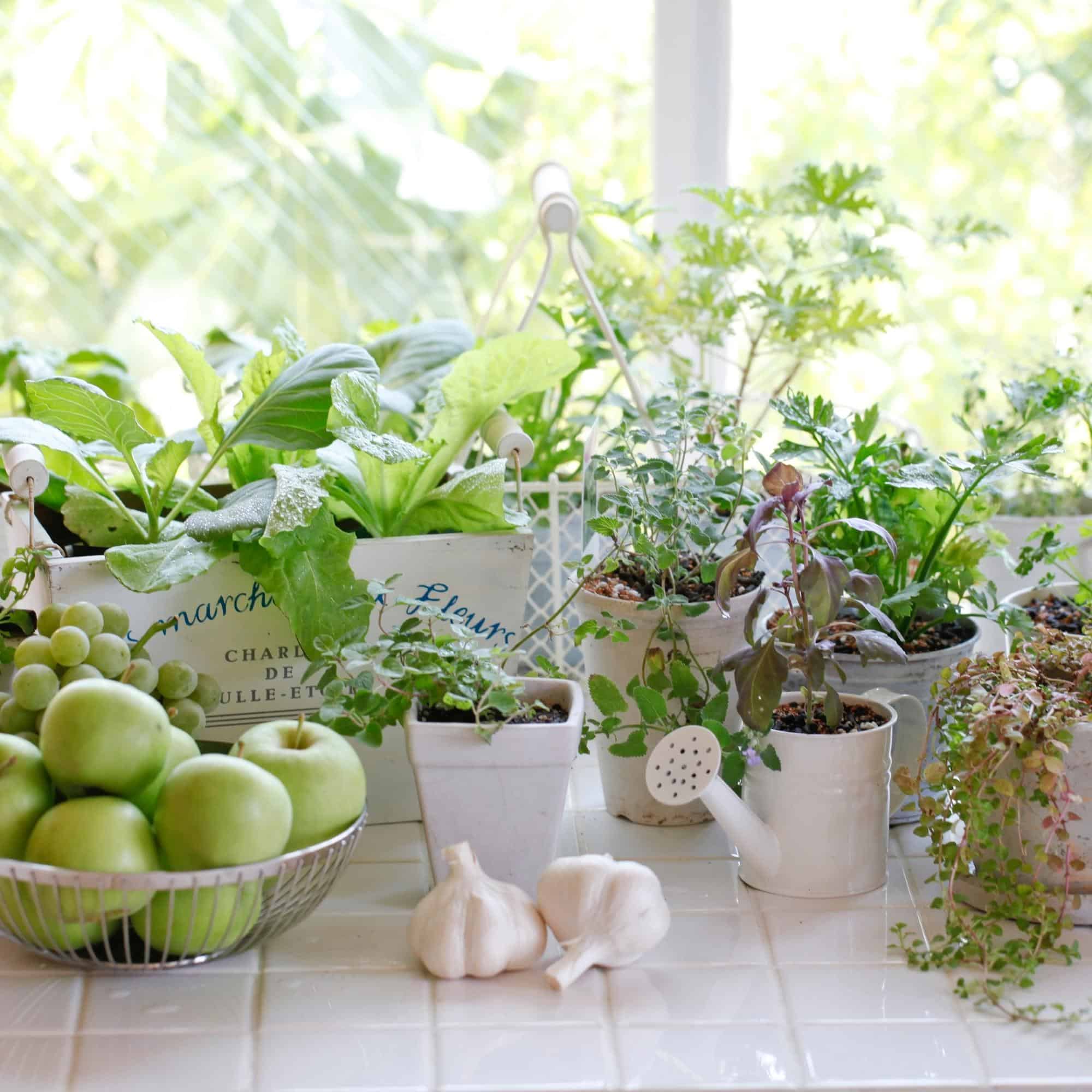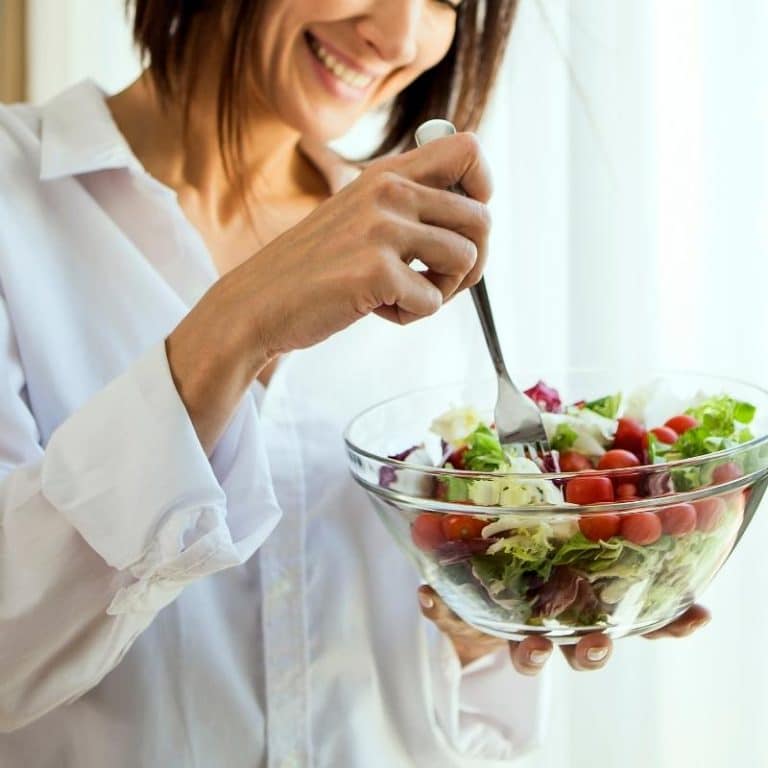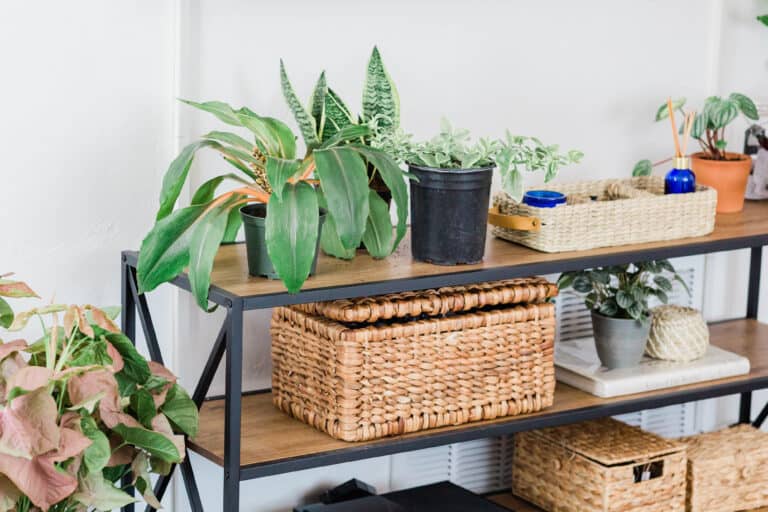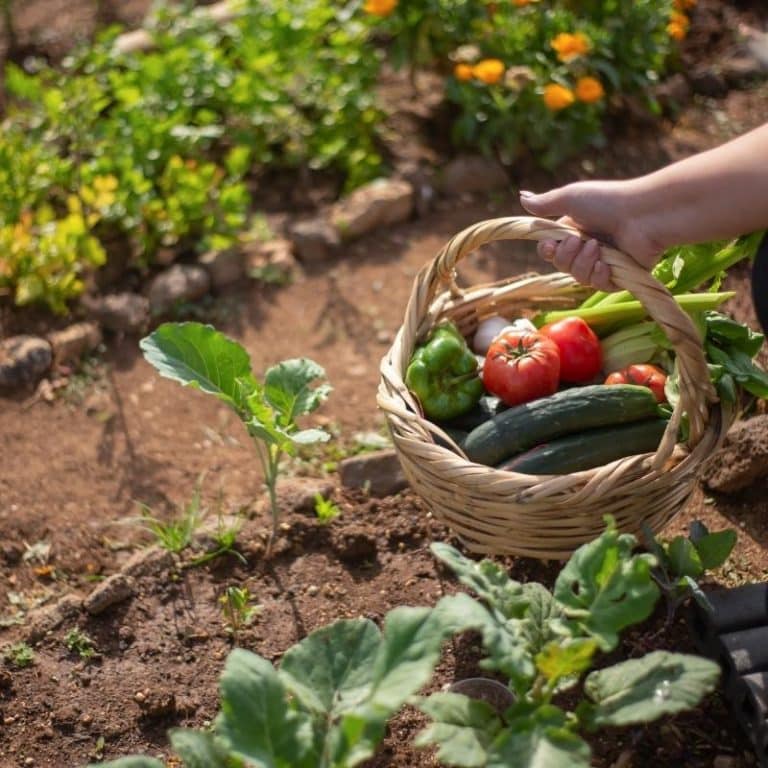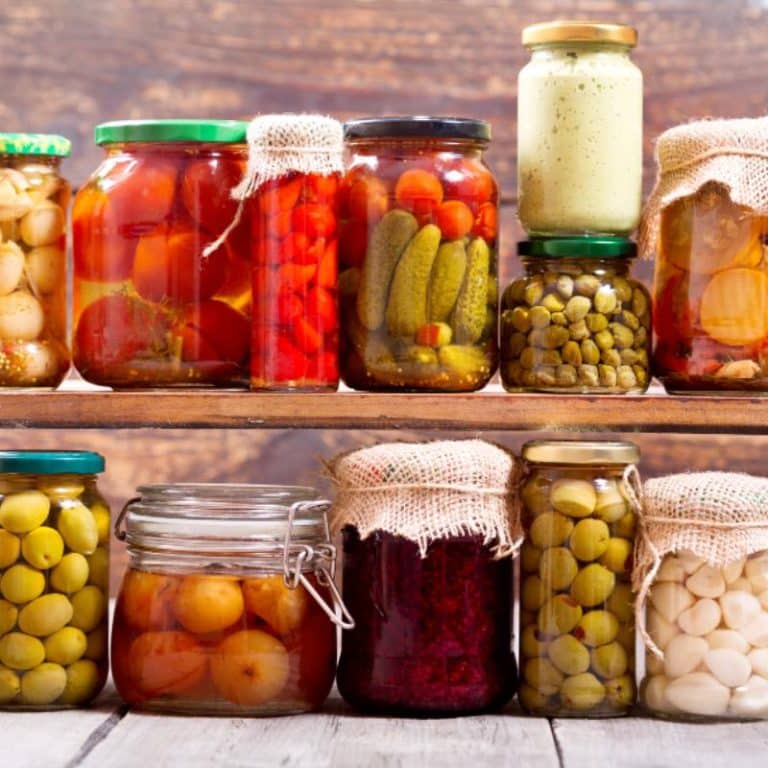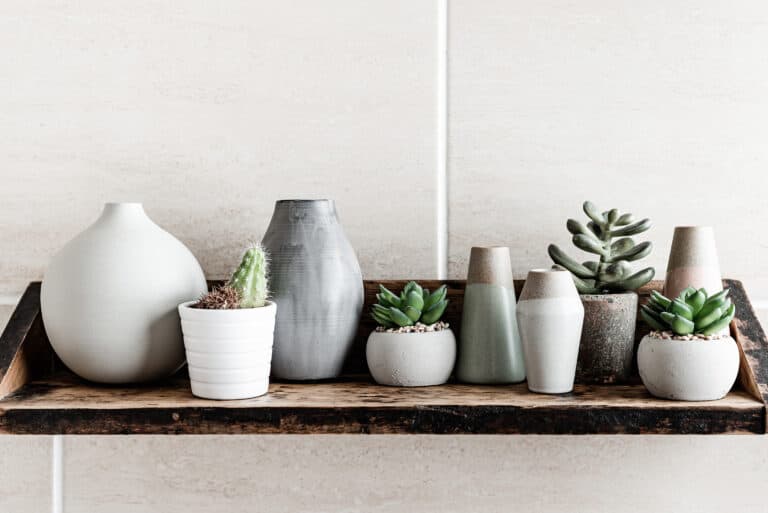How to Grow A Salad Bowl Garden: A Simple Guide to Container Gardening
Do you love salad? I know I do. Not only is salad healthy and delicious, but it’s also a great way to get your daily dose of vegetables. And did you know that you can grow salad in a bowl right in your own kitchen? It’s true! In this blog post, we will discuss how to grow salad in a bowl using container gardening techniques. So whether you’re just getting started with gardening or you’re looking for an easy way to add some greens to your diet, read on for tips and tricks on how to create your very own salad bowl garden!
What Is A Salad Bowl Garden?
A salad bowl garden is a container garden that is specifically designed to grow salad greens. Salad bowl gardens are a great way to get started with container gardening, as they are easy to set up and require very little maintenance. In addition, salad bowl gardens are a great way to add some fresh greens to your diet, as they are packed with nutrients and flavor.
When creating your salad bowl garden, be sure to choose a sunny spot in your kitchen. The sun will help the plants grow and produce delicious salad greens. Additionally, make sure to choose a sturdy container that has drain holes.
With a little bit of care and maintenance, you can soon have a beautiful salad bowl garden growing right in your own kitchen!
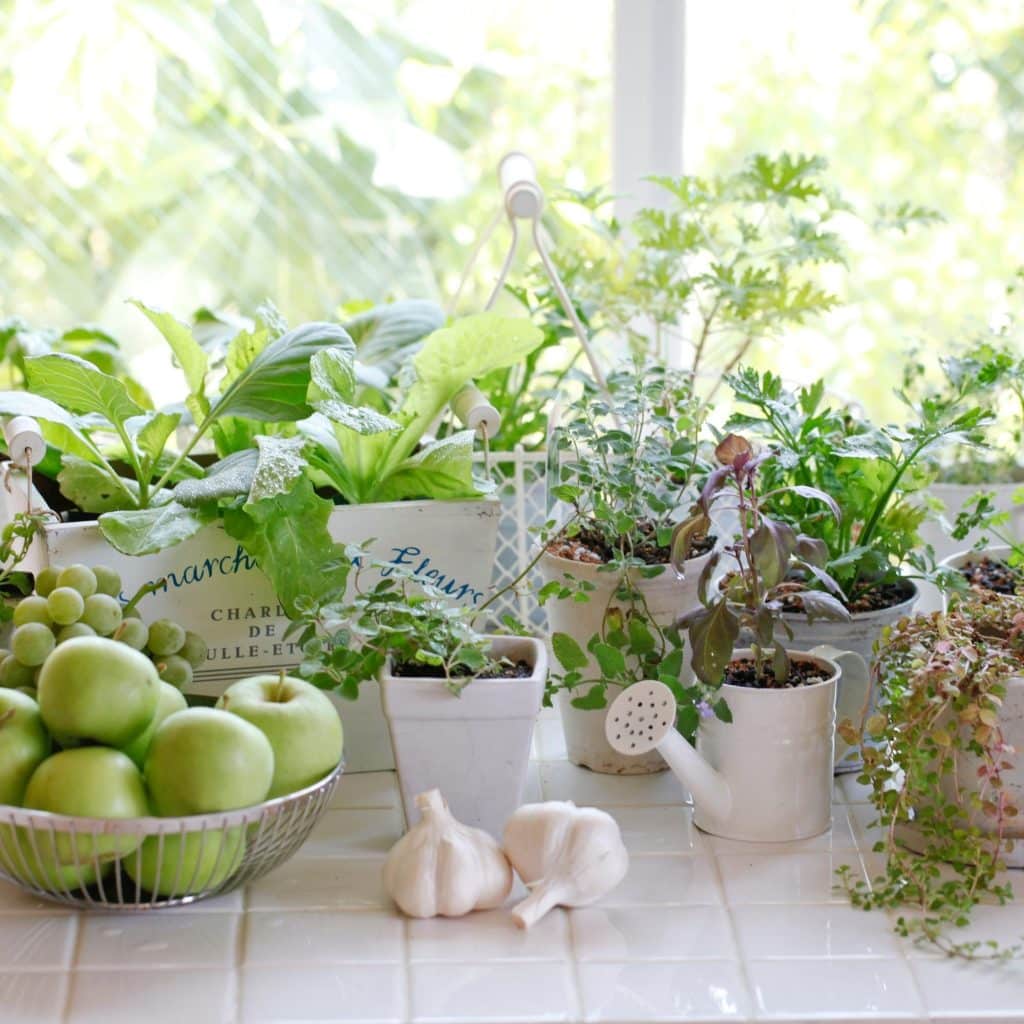
What You Need To Get Started Growing Your Salad Bowl Garden
You’re intrigued by the idea of growing lettuce in a salad bowl. Perhaps you don’t have enough space for a garden or simply don’t want to turn over your entire lawn. The wonderful news is that all you need is a little space and dirt, as well as an area to grow it indoors on your kitchen counter, and it’s possible.
To get started with a salad bowl garden, you will need the following supplies:
A sturdy container that has drain holes (such as a pot or a bowl)
When you’re out shopping for pots for your plants, it’s best to buy them all in one go, that way you have some spares in case any break or if you want to add more plants later. You don’t necessarily want every pot to be exactly the same shape and size, but try and stick with similar styles so they complement each other.
Always remember that the size of your pot will limit the size of your plant. So, be strategic when picking out pots for each plant. Do some research on the plants you want to grow and figure out how much root space they should have. Lettuce luckily is a plant that has a shallow root system but make sure you keep this in mind if you decide you want to grow other vegetables for your salad garden such as radish.
A sunny spot in your kitchen
If you want your salad bowl garden to thrive, it’s important to choose a sunny spot in your kitchen. The sun will help the plants grow and produce delicious salad greens. With a little bit of care and maintenance, you can soon have a beautiful salad bowl garden growing right in your own kitchen!
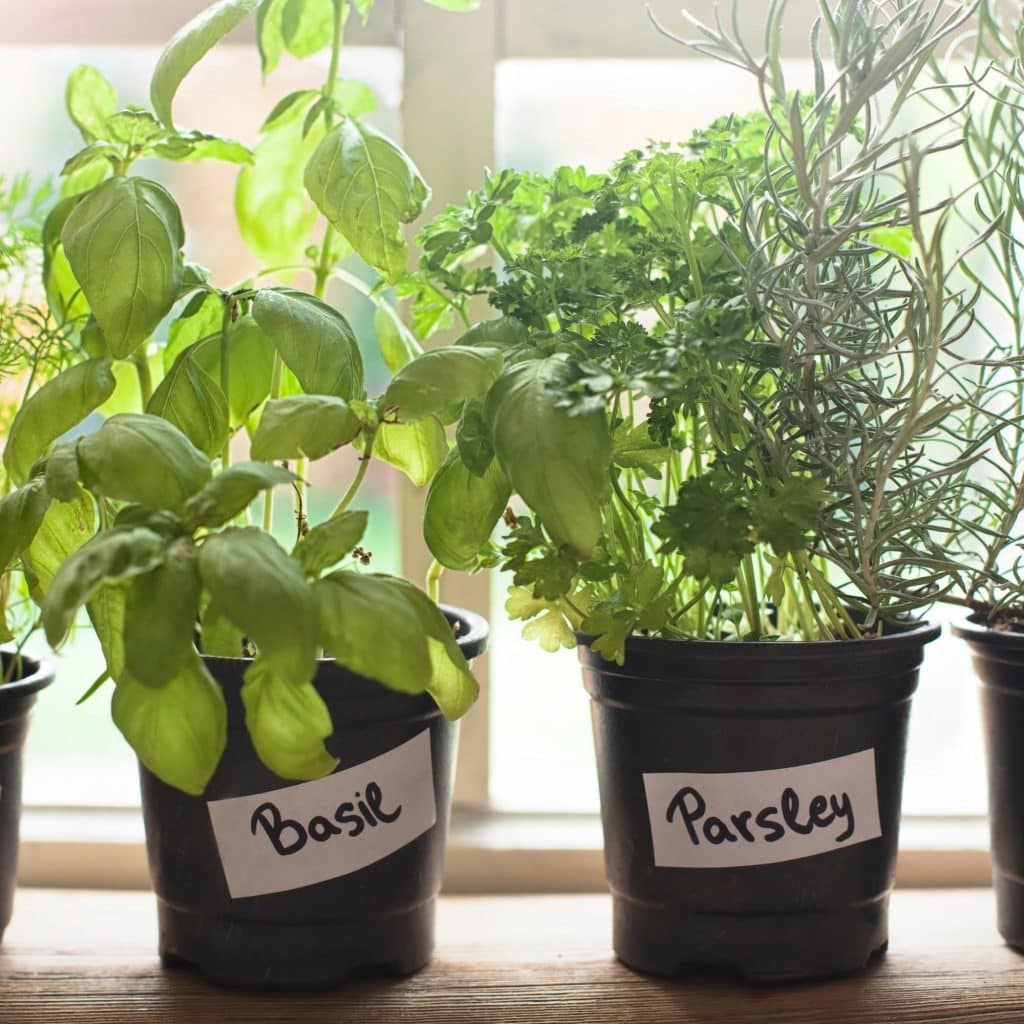
Soil
When planting in a container, it is important to use soil that is specifically designed for container gardening. This type of soil is lightweight and contains nutrients that are specifically tailored for plants grown in containers. In addition, using the right soil will help to keep your plants healthy and thriving.
When choosing soil for your salad bowl garden, be sure to pick a light, nutrient-rich soil that is specifically designed for container gardening. This type of soil will help your plants to grow healthy and strong, and will also help to prevent diseases from developing.
Fertilizer
Plants have the nutrients that they need for the first 30 days of their life held within their seed. After that, they will need to be fed nutrients through their roots. This is where your fertilizer comes in. Find one that is good for vegetables and simply follow the suggestion on the bag.
Because my Salad Garden is planted in coco coir, I use a hydroponic fertilizer called Ocean Solution. I like it because you purchase it concentrated and dilute it down yourself, so it lasts longer.
Another option is to research and make your own fertilizers. Vermicompost is a great option, coffee grounds can add a wonderful amount of nitrogen to the soil, and banana peels make great potassium water.
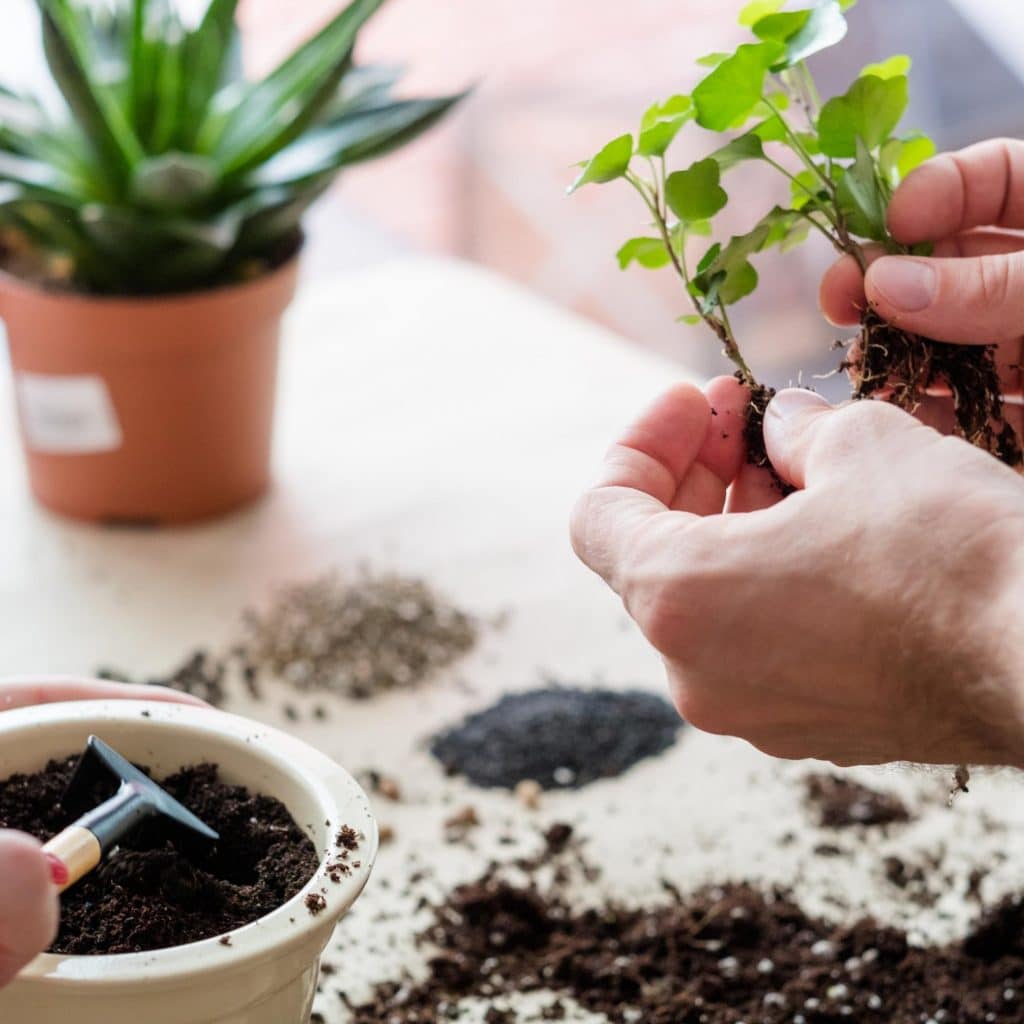
Seeds or plants
One of the simplest methods to begin growing your own lettuce is to attempt to re-plant the lettuce you bought at the supermarket. Remove the ends of your romaine lettuce and immerse them in a cup or container with water. Allow it to sit for roughly a week, or until new green growth appears on the trimmed end and roots begin to form at the bottom, before transplanting it into a bowl or pot with potting soil. Maintain adequate moisture and direct sunshine exposure, and watch your lettuce grow. Interested in other kitchen scraps that you can regrow? Check out this awesome article from Mary’s Nest.
If you’d rather not start from scratch, buy lettuce seedlings at your local home and garden shop. They should have them in stock during springtime as well as late summer or early fall, depending on when your area’s growing season is. Grab a pot or old bowl and fill it with good potting soil before planting the lettuce once more—it won’t take long for it to mature enough that you can begin harvesting.
Finally, you may grow lettuce from seed. Visit your local garden center or order online to learn more about the seeds available all year. Keep an eye on the germination period (and temperature), as well as how long it will take for your lettuce to mature. It’s also a good idea to find out if you can harvest your lettuce varieties again or if you should let them develop to maturity, harvest, and then replant them. Begin with something easy to maintain and cultivate, then expand upon that knowledge.
The Types Of Plants That Work Well In A Salad Bowl Garden
Cultivating a salad bowl garden allows you to grow your preferred salad greens. With homegrown salads, you can tailor them to however you want, which is great because people have different taste preferences when it comes to food. Not only will you be able to grow a wide variety of greens, but also vegetables that are not always available in stores.
While you can grow any kind of lettuce in your salad bowl, some varieties are more conducive to continuous growth and harvesting. However, before making decisions about what type or how much lettuce to grow, consider other factors such as the size of your bowl and how many bowls you want. Alternatively, decide how much lettuce you need per week and then determine the number of bowls required so that you won’t have to make trips to the store.
You may always begin with a single planting bowl, or you can go simple by starting with one. Check out how your lettuce grows on your kitchen counter or on your patio to see if you like it. If you find that you’re devouring the green leaves as soon as they appear, consider adding another container or two.
Let’s take a look at what you can produce in small pots inside. When it comes to being able to harvest greens for your salads, loose-leaf lettuce is usually your best bet.
You may get seedlings from your local garden center and plant several different kinds in your bowl. Alternatively, purchase a few packs of seeds and divide the bowl into sections before sprinkling seeds from each variety in a separate section. Using different plants will not only make it look nicer, but each plant’s nutrition is slightly different, allowing you to get the most mileage out of your salad bowl by using distinct varieties.
With a bit of creativity, you can grow various types of lettuce in containers inside–spinach, green onions, and various herbs. You’re not limited to one type of leaf either; mix-and-match different colors and textures in your bowls! If you have enough space, consider adding radishes to your salad for extra flavor.
Start with a few different types of loose-leaf lettuce, such as Lollo Rosso, Prizehead, Bronze Guard Leaf, and Deer Tongue Lettuce. Romain lettuces also taste wonderful and will grow back after you chop them off. If you enjoy a mild peppery flavor, don’t overlook arugula.
Mix and match types until you discover one that grows well for you and that you enjoy eating. Water your plants, fertilize them regularly with organic fertilizer, and refresh the dirt every few months. You may never run out of fresh lettuce for your kitchen table if you harvest and resow on a regular basis.
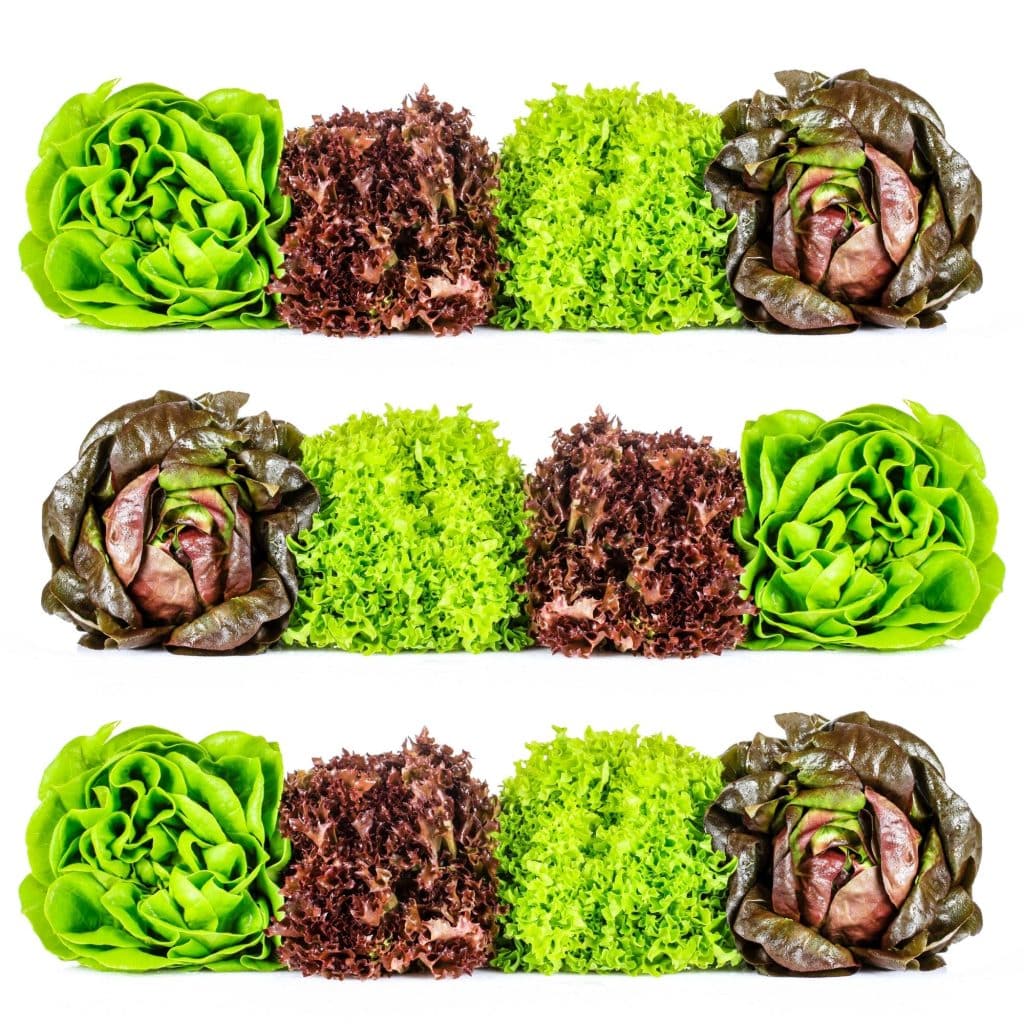
How To Plant And Care For Your Salad Bowl Garden
Once you have selected a container, it’s time to start planting! Be sure to select a variety of salad greens that will thrive in your climate and conditions. Some good choices include arugula, chard, lettuce, spinach, and kale. When planting, be sure to follow the instructions on the seed packet for proper spacing and depth.
In order to keep your salad bowl garden healthy and thriving, be sure to water the plants regularly and fertilize them every few weeks. You can either use a liquid fertilizer or compost tea. Also, be sure to harvest the salad greens regularly so that the plants have enough space and nutrients to continue growing.
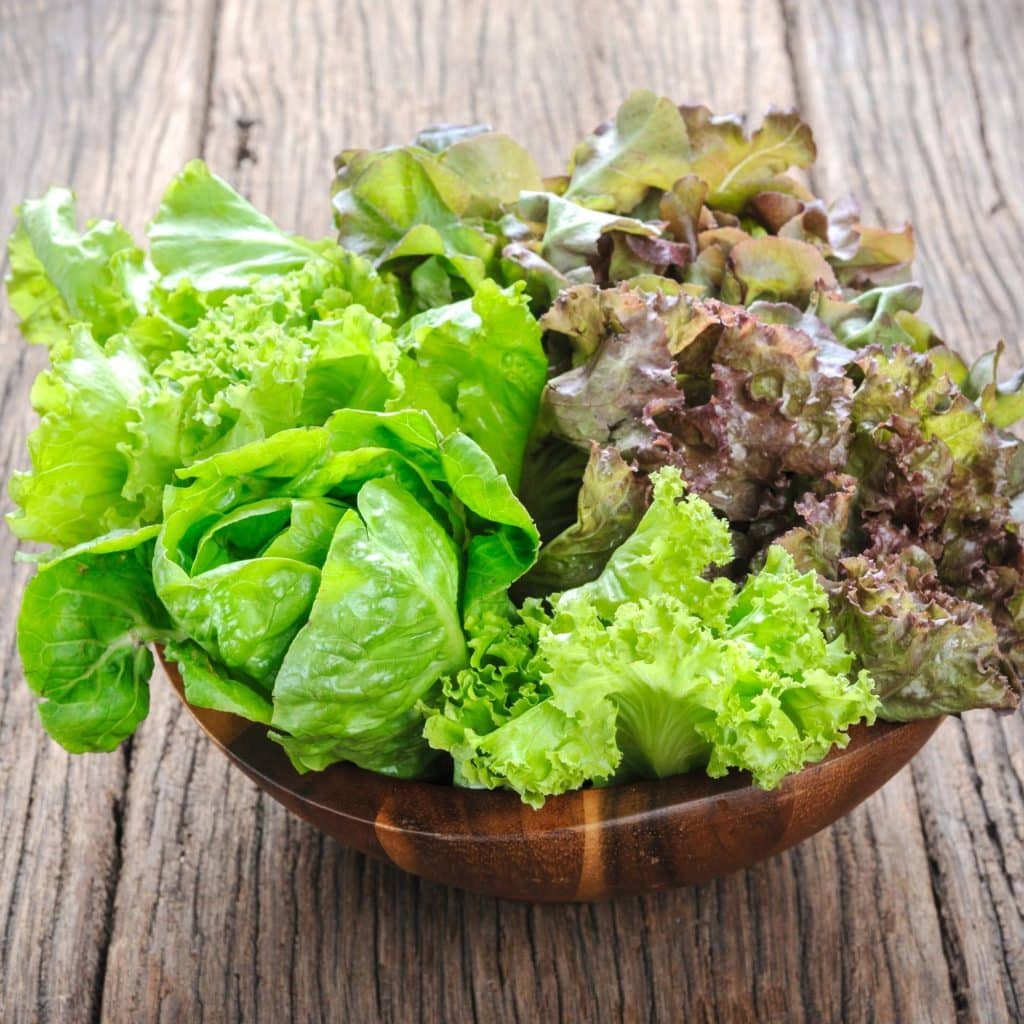
Harvesting Your Salad Bowl Garden
How you harvest your salad bowl garden can depend on the vegetables that you planted. If you have a type of green that will continue to regrow, then you can harvest by using shears to cut off the leaves needed for your salad and continue to harvest as needed. If you planted a type of lettuce that will not regrow, then you can harvest the entire plant when it is big enough to use.
When harvesting your salad bowl garden, be sure to wash the greens thoroughly to remove any dirt or debris. You can either wash them by hand or place them in a salad spinner. Once the greens are clean, they are ready to be used in your salad!
Once you see those first few harvests and get a chance to eat your homegrown salad, you’ll be ready to expand your lettuce bowl collection.
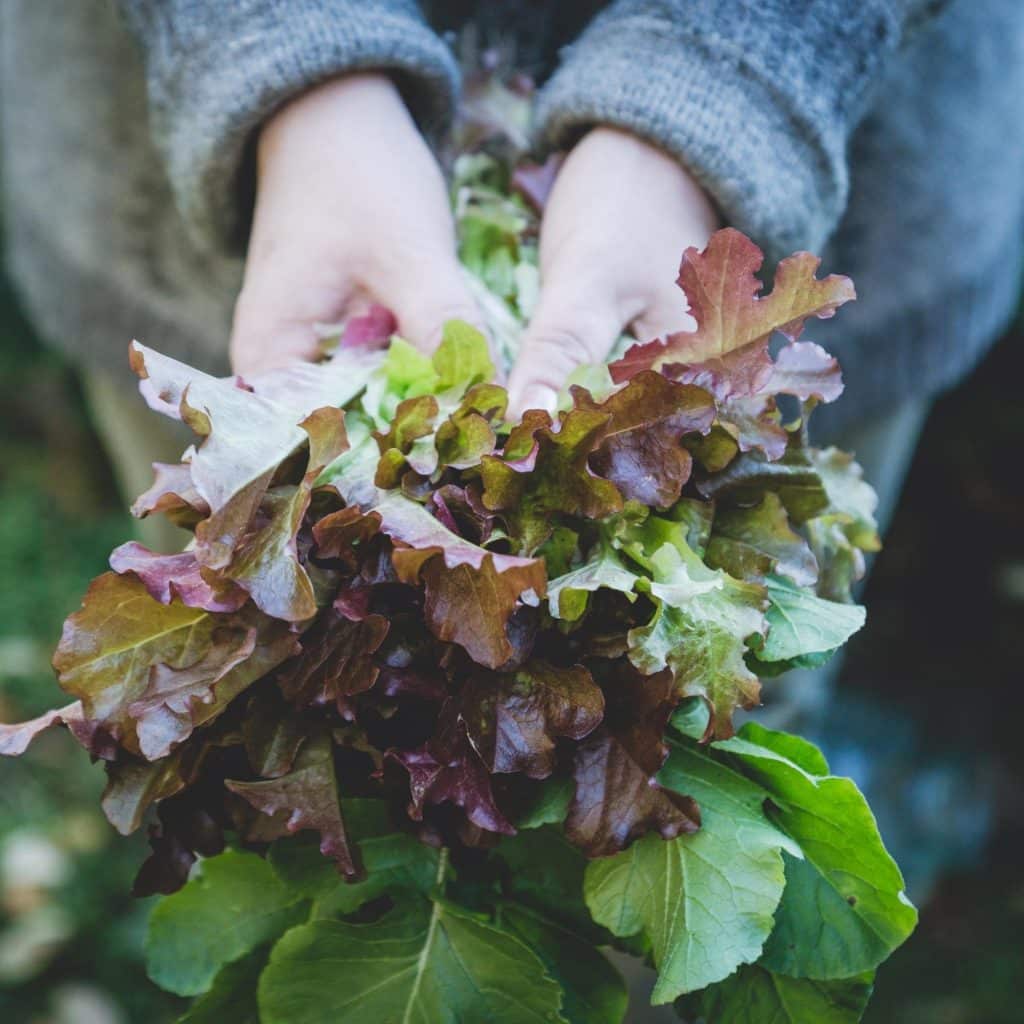
Growing salad in a bowl is a fun and easy way to get your daily dose of greens. With the tips that we’ve shared in this blog post, you’re ready to start growing your own salad garden right at home! Be sure to select a variety of salad greens that will thrive in your climate and conditions, water the plants regularly and fertilize them every few weeks, and harvest the salad greens regularly so that they have enough space and nutrients to continue growing. With just a little bit of effort, you can enjoy fresh salads all season long from your very own salad bowl garden!

